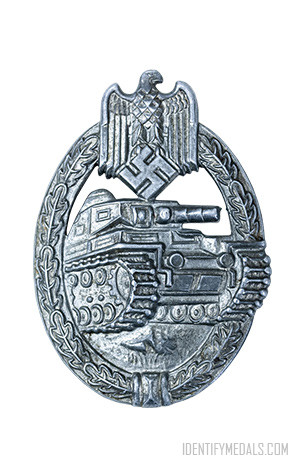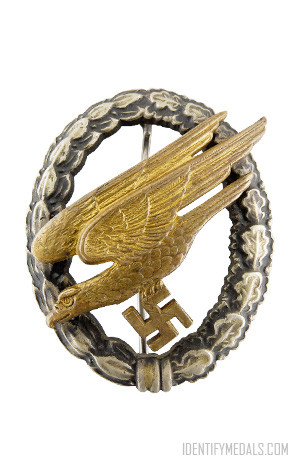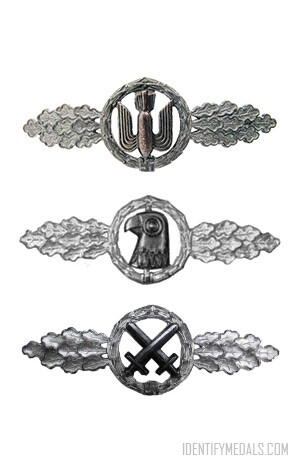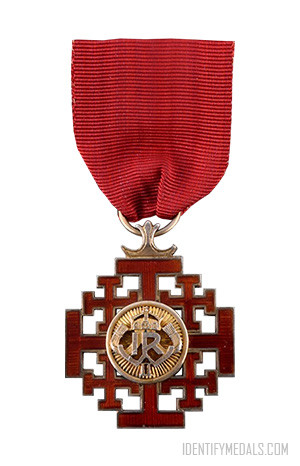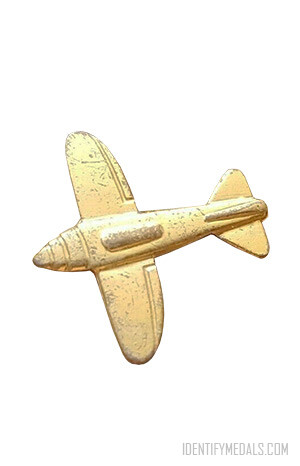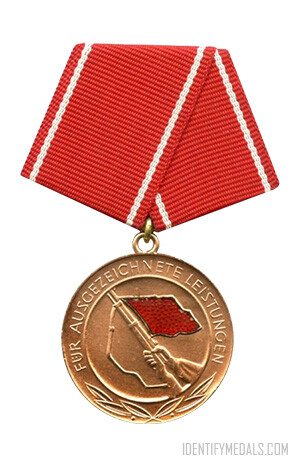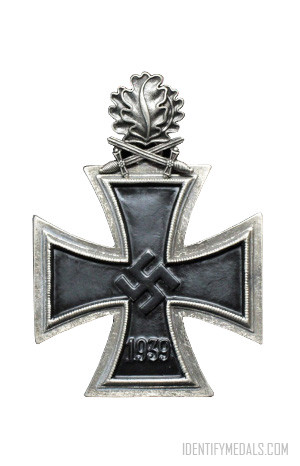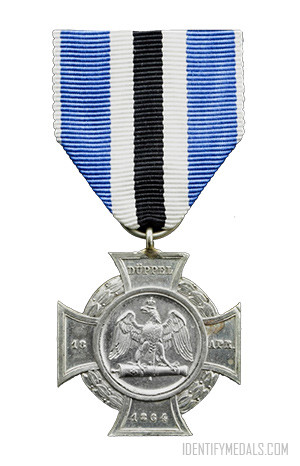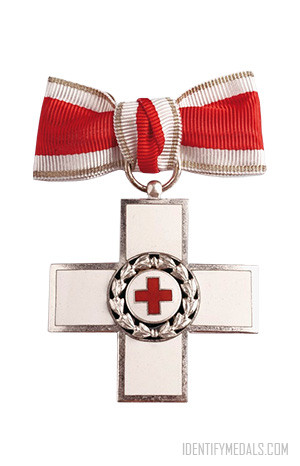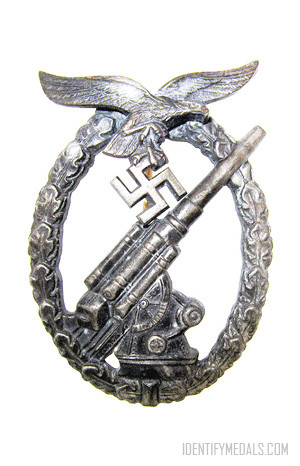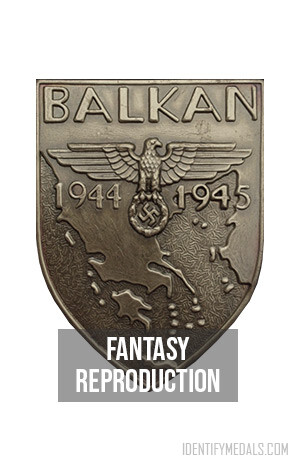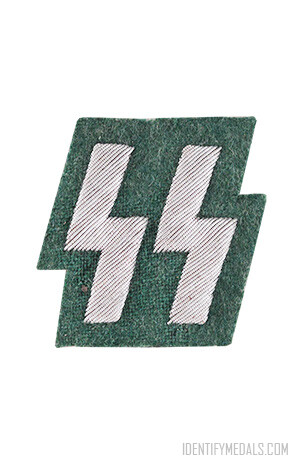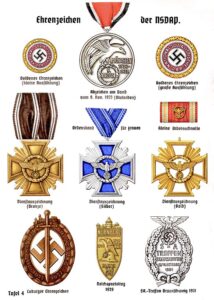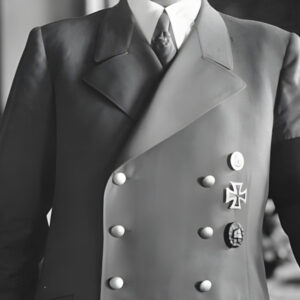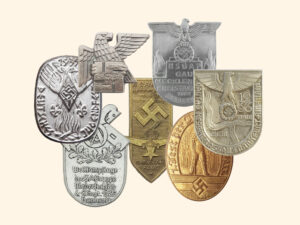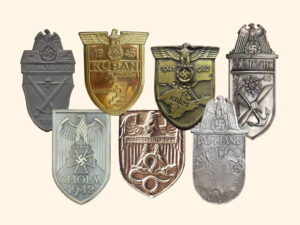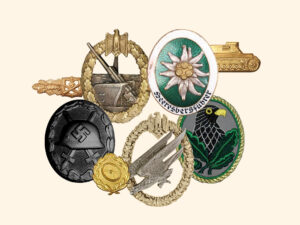- Time Period: Post-WW2
- Institution: 10 February 1983
- Country: Germany (GDR DDR German Democratic Republic)
The Decoration of Honor for Excellent Performance in Fire Protection (or Ehrenzeichen für hervorragende Leistungen im Brandschutz in German) was a significant award in the GDR, established to recognize exceptional service and achievements in fire protection.
Instituted in 1956, this decoration was awarded to individuals and units within the fire service who demonstrated outstanding bravery, skill, and effectiveness in their duties. It underscored the vital role of fire protection in safeguarding lives and property in the socialist state.
The Award Criteria
To receive the Decoration of Honour for Excellent Performance in Fire Protection, recipients had to show exemplary performance in fire prevention, firefighting, and rescue operations.
The medal recognized acts of heroism, significant contributions to fire safety education, and innovations in fire protection techniques. It was awarded to firefighters, units, and occasionally to civilians who made notable efforts in supporting fire safety.
The decoration was available in different classes, typically bronze, silver, and gold, reflecting the level of contribution and service.
The Award Design
The design of the Decoration of Honour for Excellent Performance in Fire Protection featured a circular medal made from bronze, silver, or gold.
The obverse side displayed a firefighting emblem, such as crossed axes or a fire helmet, surrounded by laurel leaves.
The reverse side usually had an inscription denoting the award’s purpose and the year it was established. The medal was attached to a ribbon, often in red with yellow and white stripes, symbolizing the fire service.
The ribbon was worn on the left chest, indicating the recipient’s dedication and bravery in fire protection.


